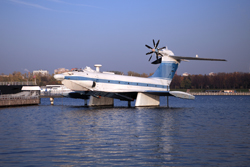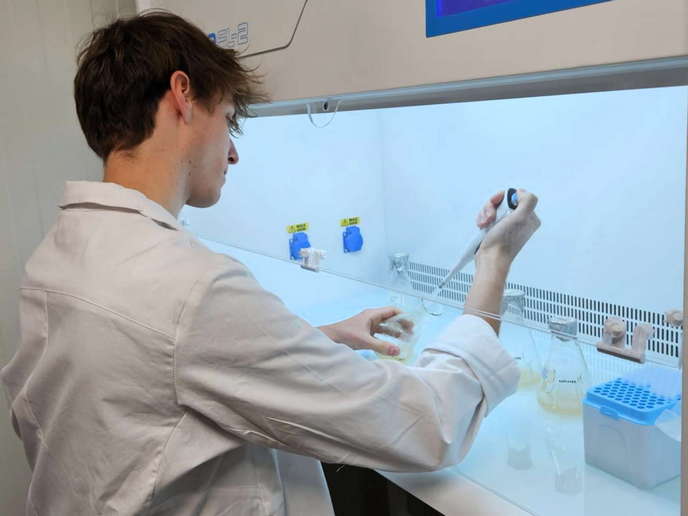Seaplanes take to the skies
The 'Future seaplane traffic - transport technologies for the future' (Fusetra) project investigated ways for improving the current seaplane and amphibian aircraft transport system. Seaplanes can be defined as fixed-wing aircraft capable of taking off and landing on water, whereas amphibian aircraft are seaplanes that can also take off and land on airfields. Researchers identified four main challenges to the increased use of seaplanes. The first was that the aircraft operate in two different areas – air and water – and that the approval of different public bodies, including aviation, naval, police and local authorities, are required for establishing an airline. This could be a lengthy and costly process for prospective seaplane operators. A second drawback is the limited number of qualified pilots and examiners due to current low levels of seaplane traffic in Europe. As a result, pilots need to be recruited from outside the EU, requiring work visas and validation of licences. Existing commuter seaplanes were designed 30 to 40 years ago and do not comply with the cost, emission and performance requirements of modern aircraft. The project examined possible modifications to modern aircraft and the concept of a new boat-plane; however, these would require new infrastructure that must first be assessed for environmental impact. The final and most critical issue was profitability and the opening up of new markets in the face of other modes of transport, such as ferries. Fusetra identified a large number of potential locations for seaports, which could provide jobs and drive regional economic development. Researchers also highlighted the need for modern, cost-effective aircraft that comply with environmental regulations and have an operating range of up to 1 000 kilometres, thereby benefiting the manufacturing industry. Seaplanes and amphibian aircraft are also well suited to fire fighting and low altitude surveillance and can help combat wildfires and illegal immigration. The aircraft are also suitable for search and rescue at sea as they are cheaper and have a longer range than helicopters. The project had a direct impact on future regulatory issues by improving European rules for operating seaplanes and encouraging greater cooperation between local and European authorities. The most important benefit, however, will a safe, efficient and environment friendly seaplane transport system for EU citizens.






